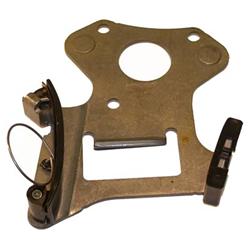younggun2.0
Well-Known Member
now i could be wrong here but isnt the 3.9 v6 engine the same exact block on the front just minus 2 cylinders? wouldnt this work for our 360's? Cloyes Replacement Timing Chain Tensioners 9-5387

$37.97

Be the first to Review this product
Tensioner, Timing Chain, Silent Type Chain, Dodge, 3.9L, Each
Estimated Ship Date: Today Would you rather pick it up? Select Location

- Click to Enlarge Image
$37.97

Be the first to Review this product
Tensioner, Timing Chain, Silent Type Chain, Dodge, 3.9L, Each
- Check Application
- This part is normally shipped directly from the manufacturer / Supplier.
Estimated Ship Date: Today Would you rather pick it up? Select Location
















